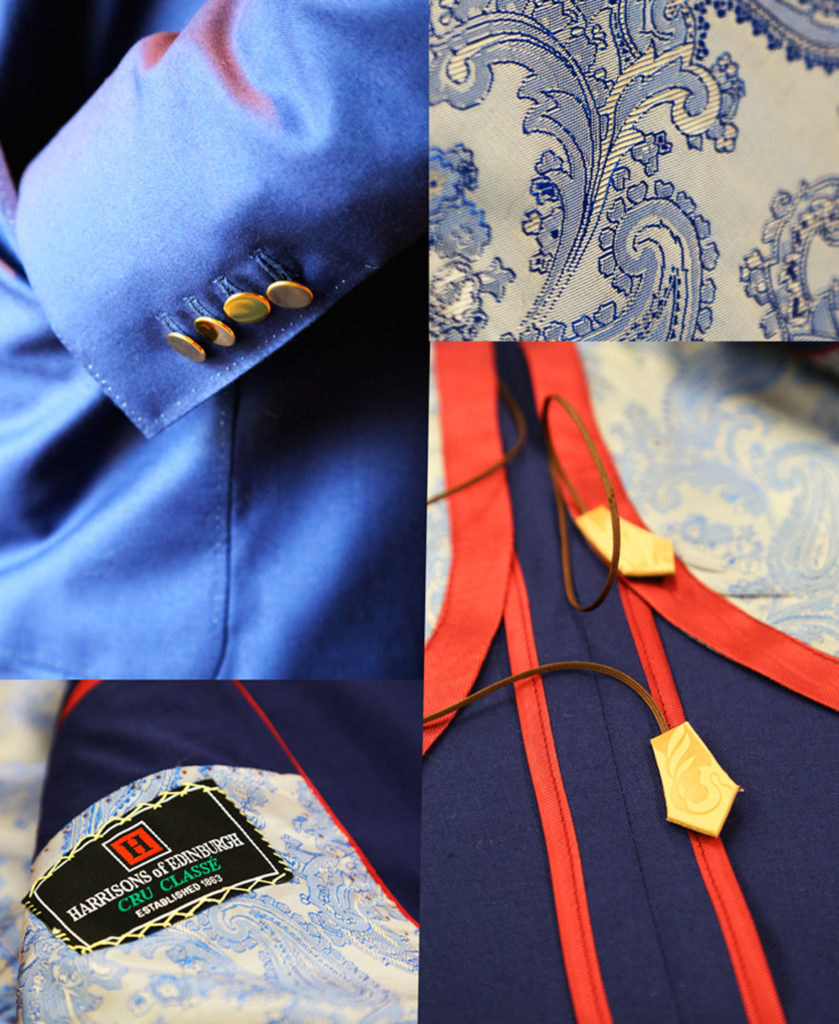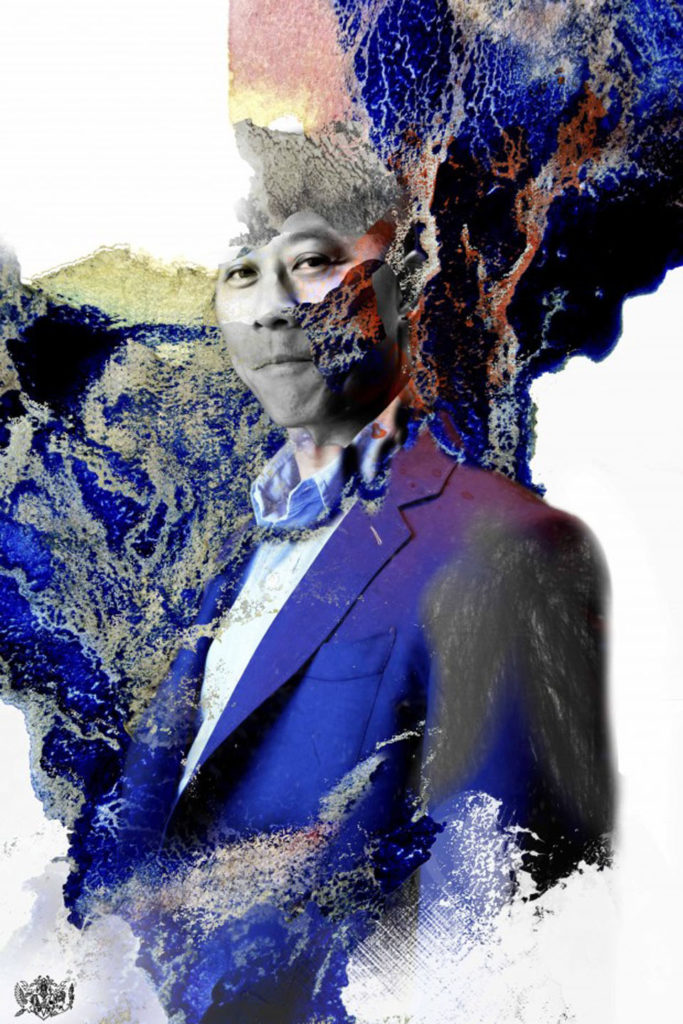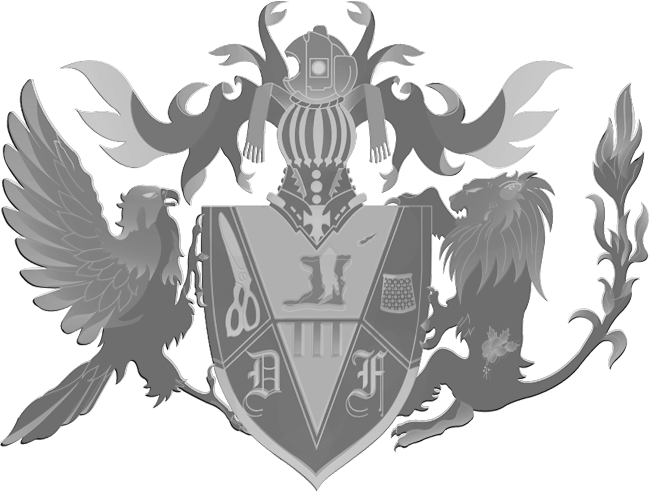
When J.Y came in to pick up his new sport jacket, we hadn’t yet put the buttons on or cut the buttonholes we’d sewn in. Under bespoke-trained hands, buttons take only a moment to sew in while cutting buttonholes takes mere seconds. Once the buttonholes are cut, they cannot be moved or redone, so when a client picks up their jacket, we can ensure that any last minute adjustments can still be made before cutting.
Bespoke tailors also have the appropriate tools to speed up the process that any home-trained tailor may not have access to. Waxed threads allow a tailor to attach buttons at rapid speeds without inopportune tangling and large antique buttonhole cutters allow one to cut a buttonhole in a single press. Companies like Walcotts, Leypoldt, Wiss and Heinisch hardly exist at all today, and yet bespoke tailoring houses continue to use their tools, manufactured as early as the 1870s. On our end, we create our own tools when we find need for them: the leather toggles on the inside of our half-lined sport jackets are cut from custom dies and stamps we designed in-house.
At Trend, everything we produce is done surrounded by history. Made entirely on-site in a 19th century Victorian house with scissors and sewing machines dating back many decades, cloth from houses who have been looming fabric for centuries and with methods and techniques perfected as far back as the 17th century. It’s humbling to think that the clothes produced in our house carry the torch lit by tailoring revolutionaries who have seen Queen Elizabeth, King Charles II and King George III. These same tailors survived the French Revolution and the 19th century through to la Belle Époque. Today iwe carry on their legacy in small but thriving companies such as Trend even after the rise of mass-production and fast fashion.
As for J.Y, we also had the opportunity to add a little of his own history. He gave us antique buttons with golfers on them to represent one of his favourite pass-times.


